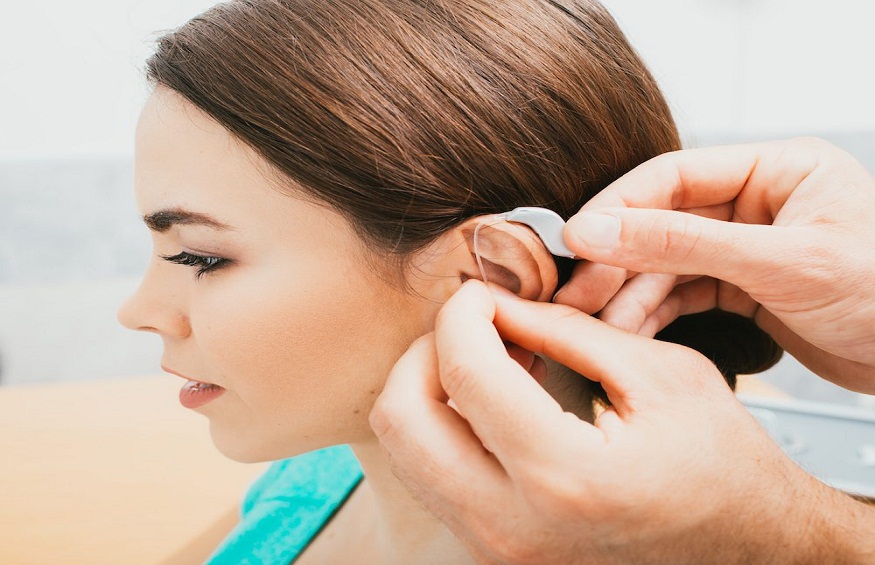
Starting to use hearing aids for the first time can be both exhilarating and terrifying. While these gadgets promise to improve hearing and communication, adopting them may take time and patience. In this post, we will provide useful advice to help new hearing aid users traverse the adjustment period with confidence and ease.
1. Set realistic expectations.
It is critical for new hearing aid users to have reasonable expectations about their experience. While hearing aids can considerably improve hearing and communication, they do not always restore hearing to normal levels or eliminate all background noise. Understanding that the adjustment period may include both gradual improvements and occasional problems can aid in managing expectations and reducing frustration.
2. Wear them consistently.
Consistency is essential when transitioning to hearing aids. Wear them throughout the day, even in quieter surroundings, to help your brain adjust to the new sounds. Certain sounds may feel unusual or even uncomfortable at first, but your brain will adjust and become accustomed to the enhanced sound with time.
3. Begin in quiet environments.
Begin wearing your hearing aids in quiet places to ease into the adjusting process. This enables you to concentrate on adjusting to the sounds without the distraction of background noise. As you become more familiar with your hearing aids, gradually introduce them into noisier or more difficult settings, such as restaurants or social gatherings.
4. Seek support and guidance.
During the adjustment period, do not hesitate to seek help and advice from your audiologist or hearing care professional. They can provide helpful guidance, handle any issues or challenges you may have, and adjust your hearing aids to ensure maximum comfort and performance. Furthermore, hearing aid testimonies from other users can provide valuable information and confidence concerning the adjustment process.
5. Practice communication strategies.
Adjusting to hearing aids entails adopting new communication methods in order to maximise their efficacy. Active listening tactics include:
- Maintaining eye contact with speakers.
- Facing them directly.
- Asking for repetitions or explanations as needed.
In addition, inform friends, family, and coworkers about your hearing aids and how they might help you communicate effectively.
6. Be patient and persistent.
Above all, remain patient and persistent throughout the transition process. It’s typical to have ups and downs as you become used to using hearing aids, but with time and persistence, you’ll progressively grow more comfortable and confident in using them. Celebrate minor triumphs along the road, and concentrate on improving your hearing and communication skills.
Conclusion
The adjustment period for new hearing aid users can be a life-changing experience full of obstacles and rewards. Setting reasonable expectations, wearing hearing aids regularly, starting in quiet places, obtaining assistance and guidance, practising communication methods, and remaining patient and persistent will help new users navigate this stage with confidence and ease. Remember that everyone’s adjustment process is different, and with time and assistance, you may enjoy the benefits of better hearing and communication with your hearing aids. Hearing aid testimonials from other users can provide encouragement and inspiration as you begin your road to improved hearing and quality of life.



